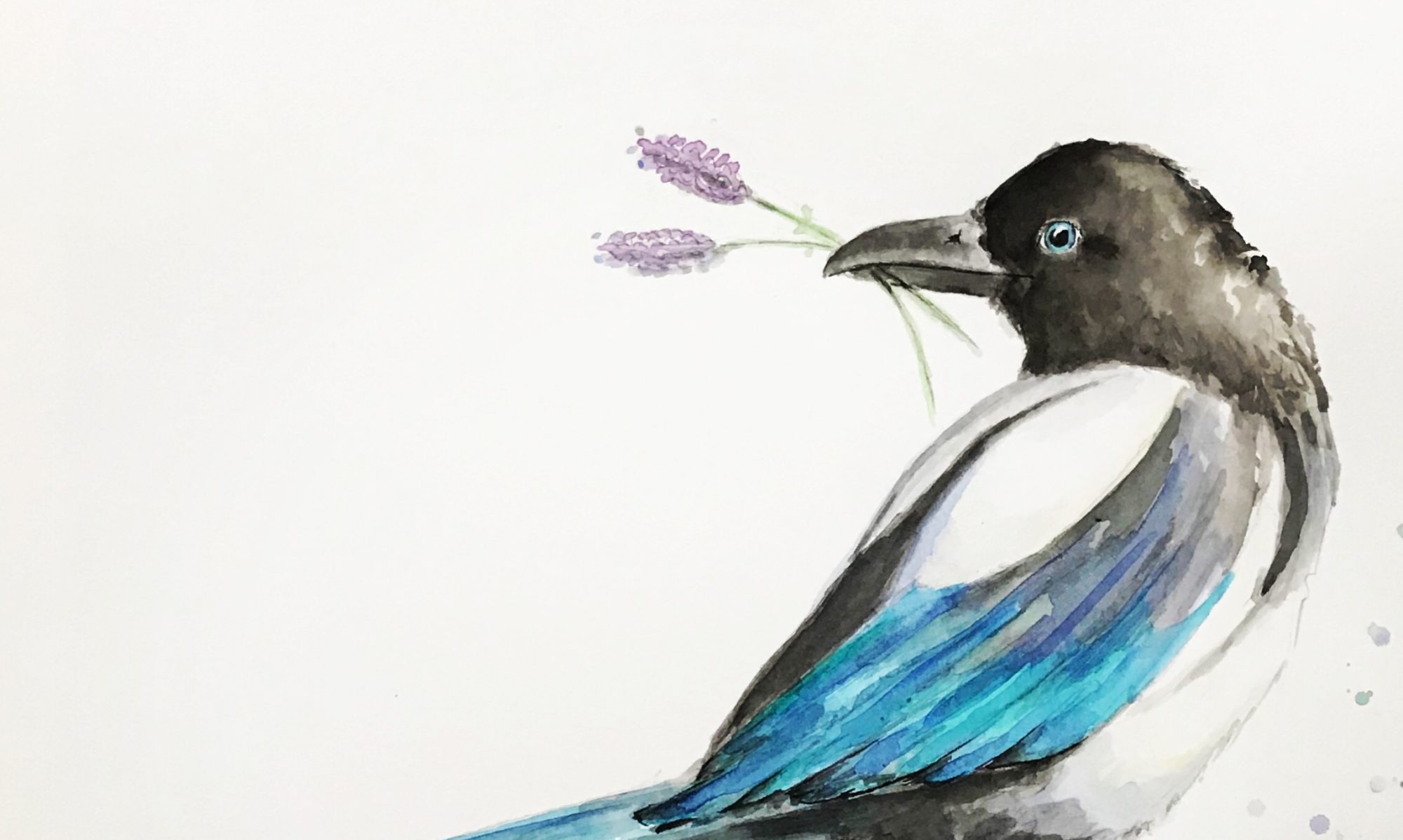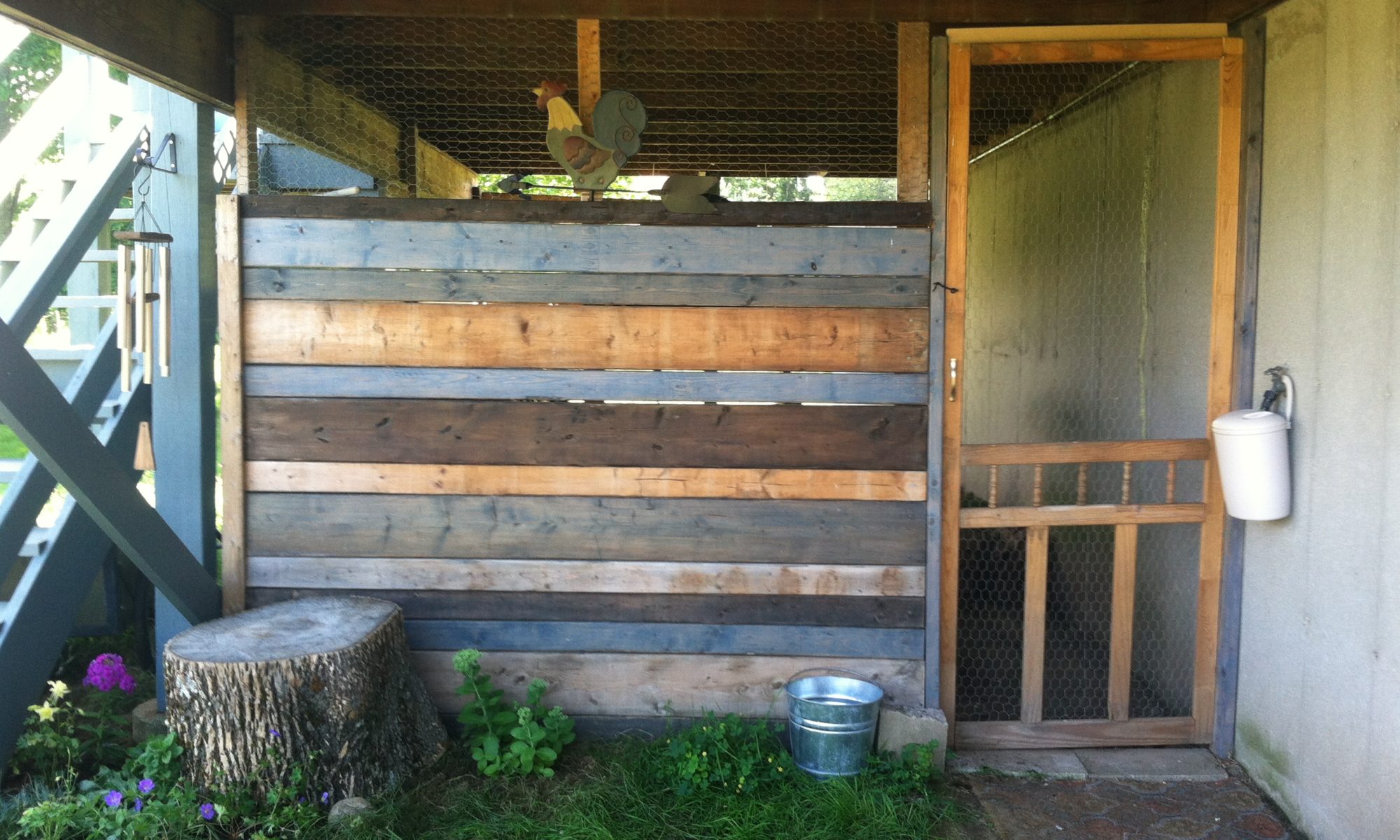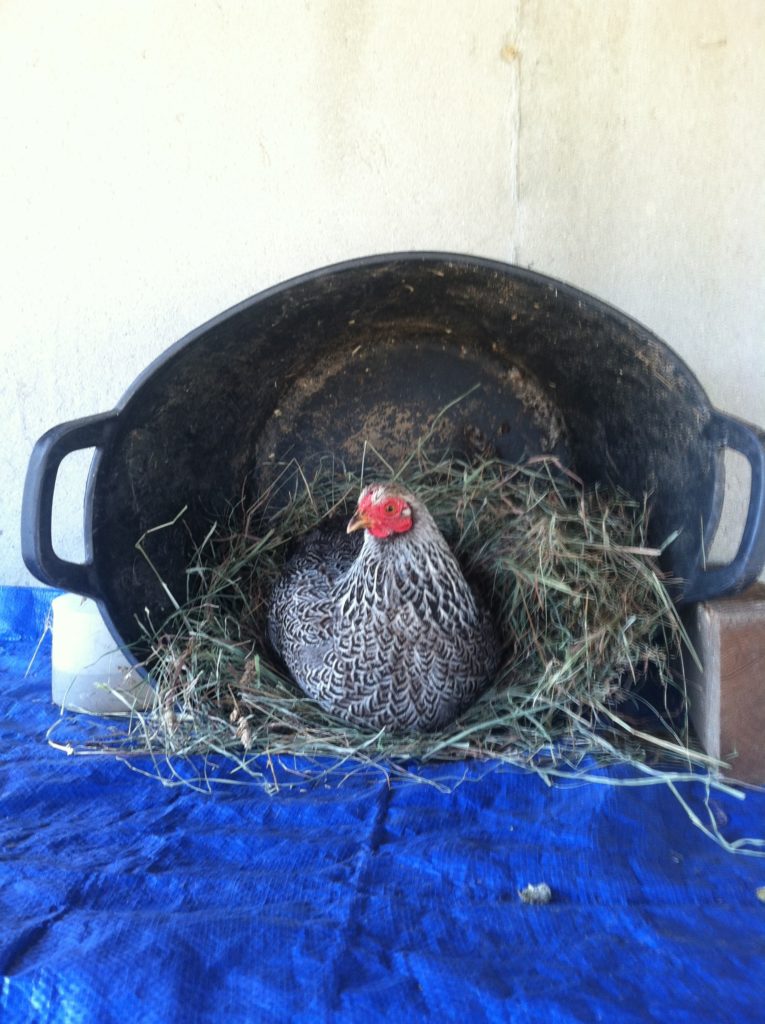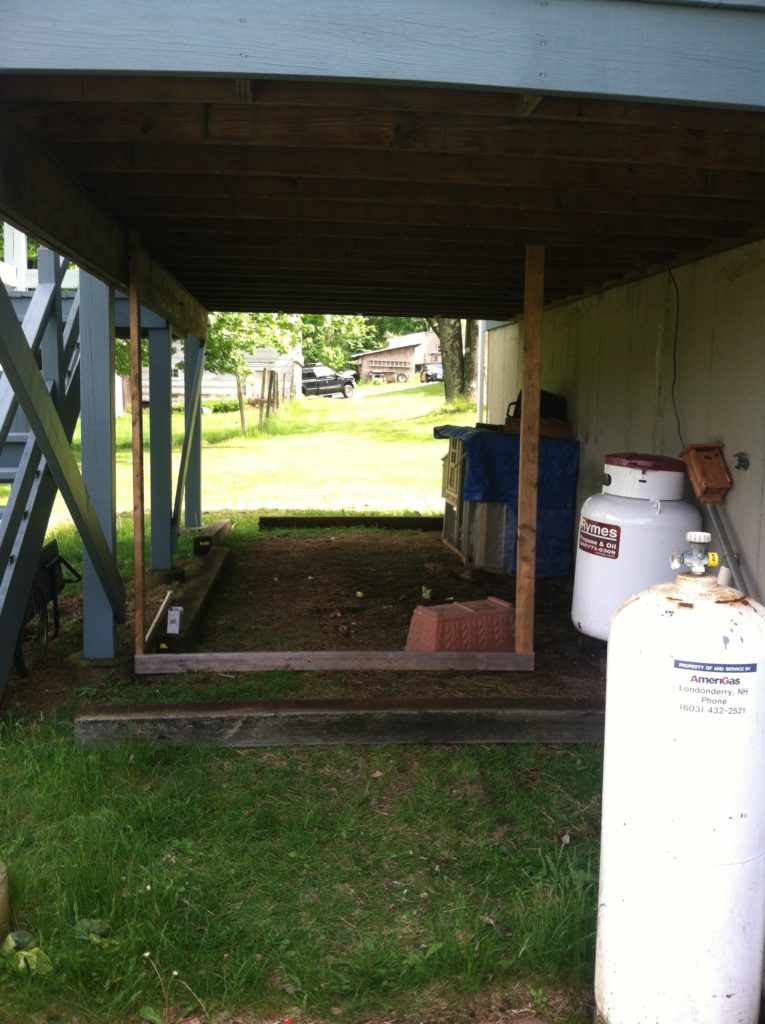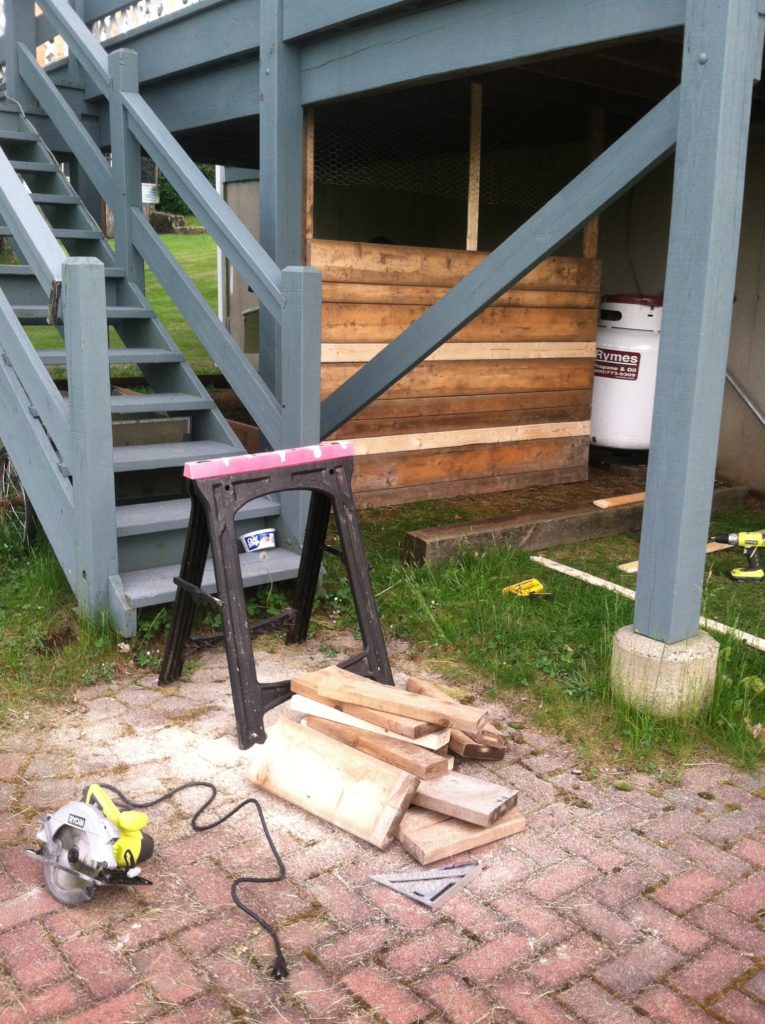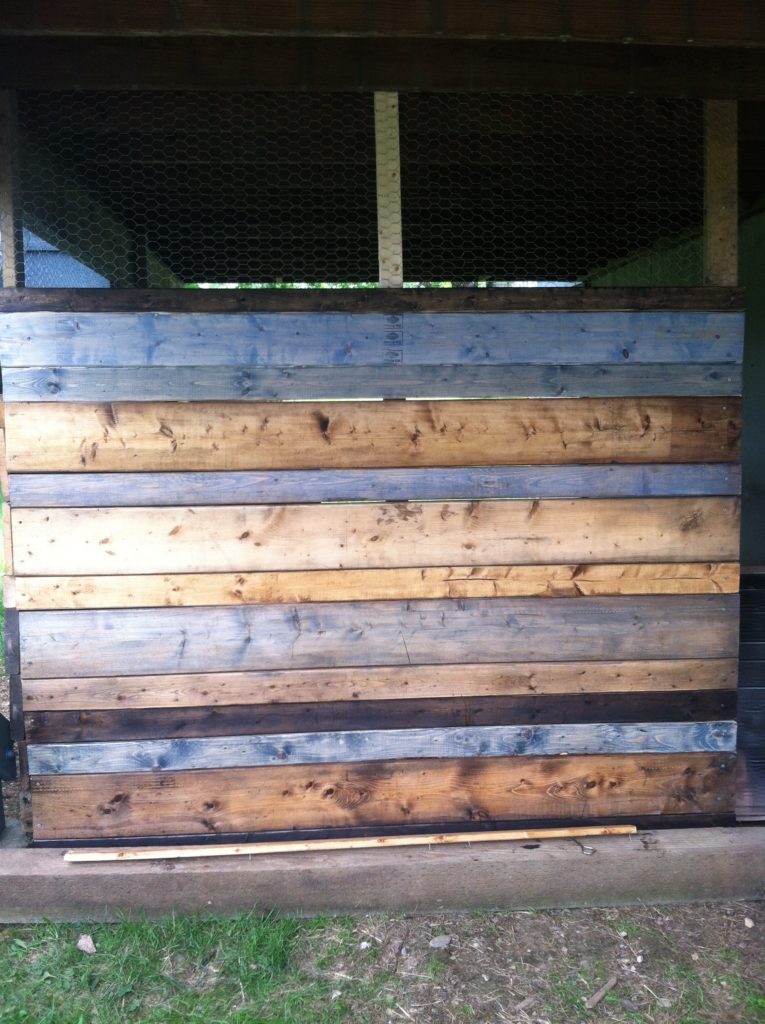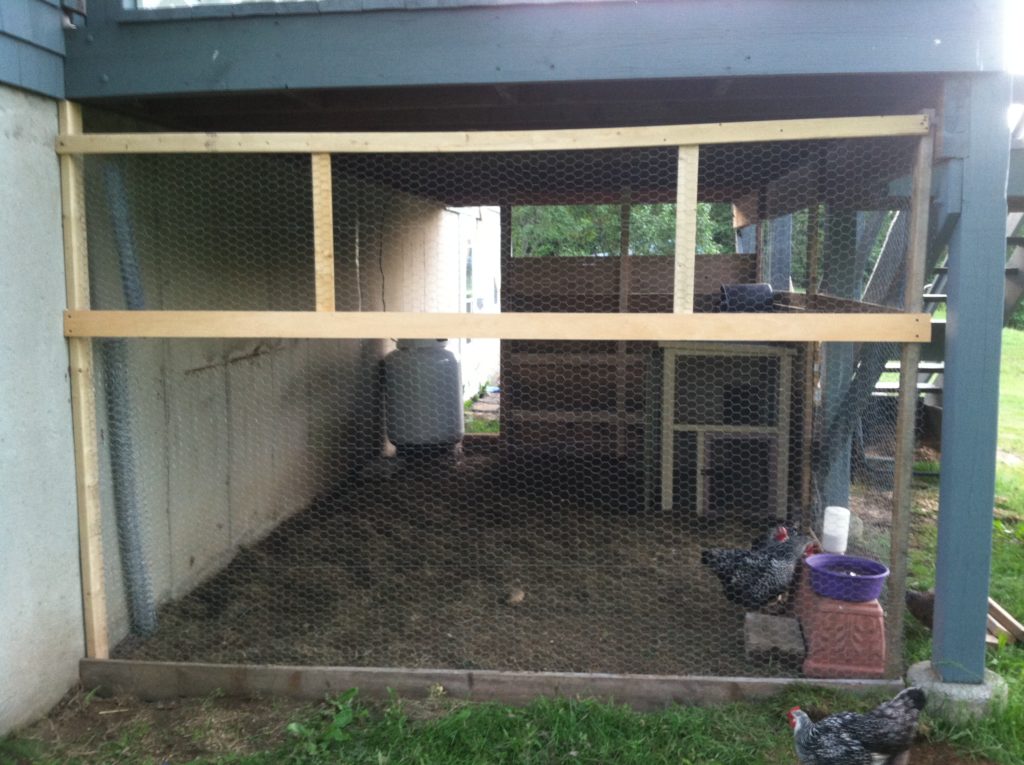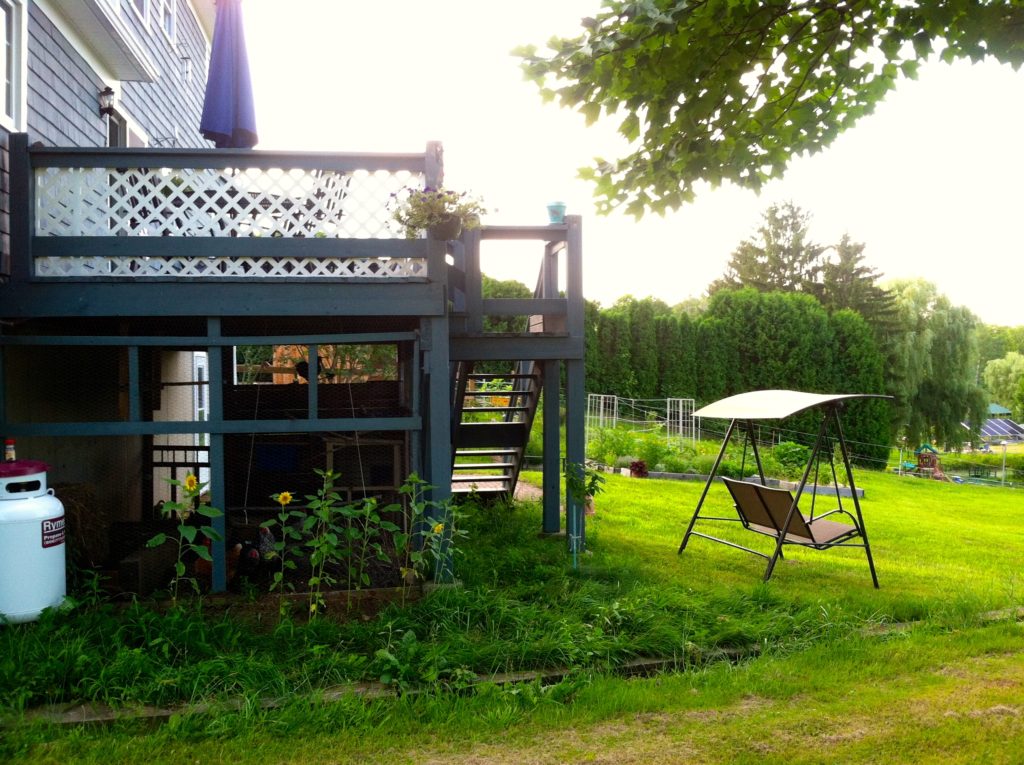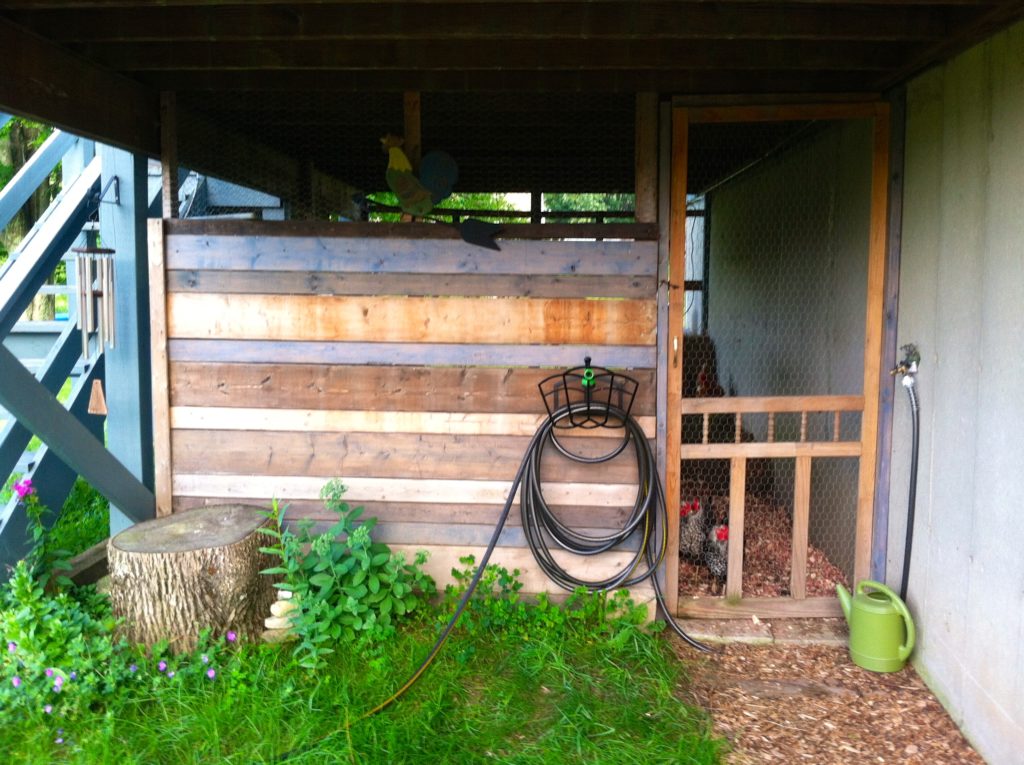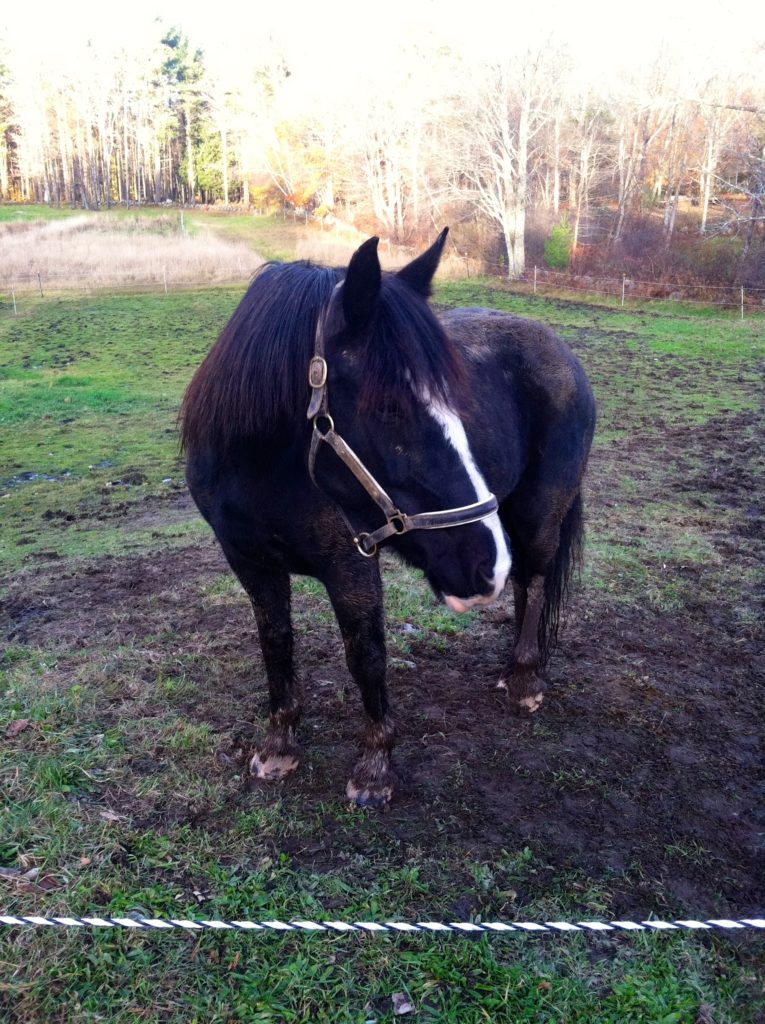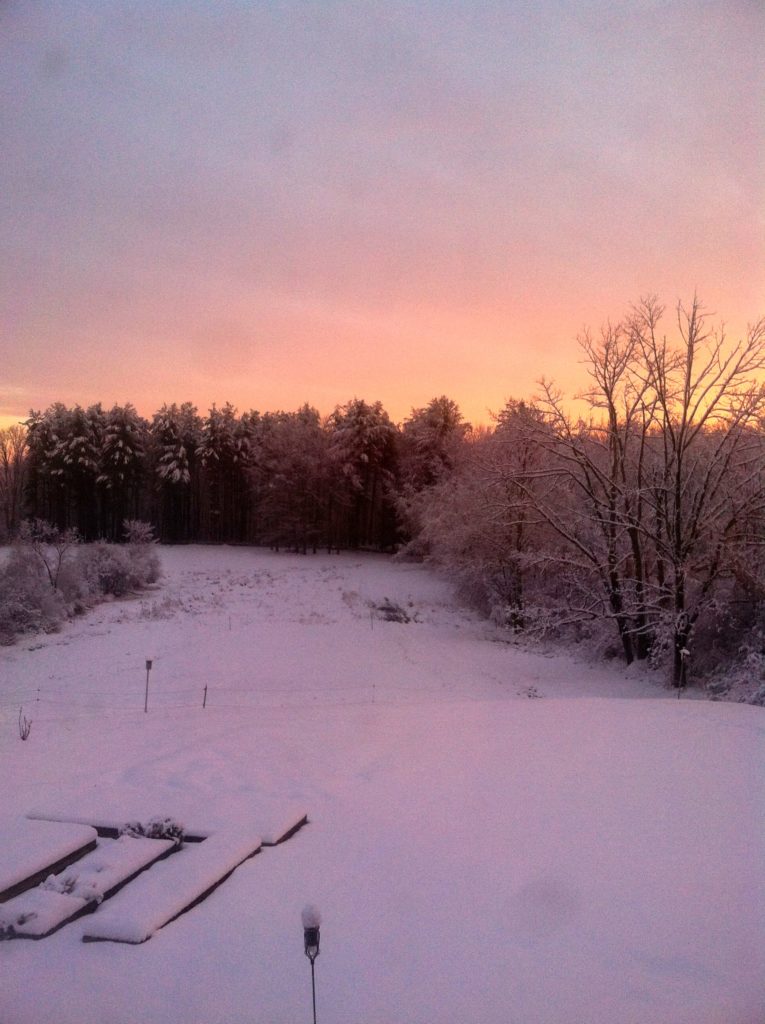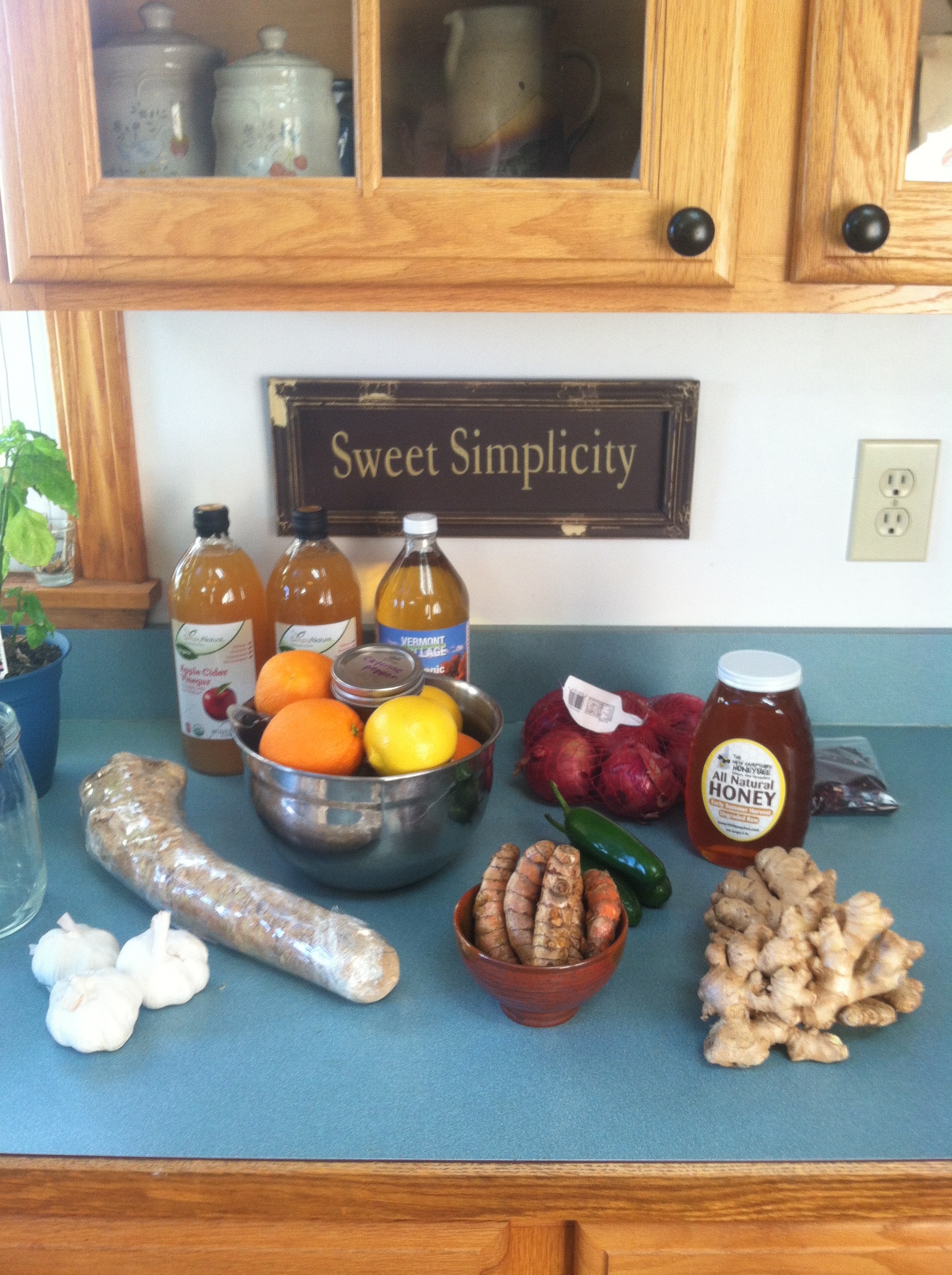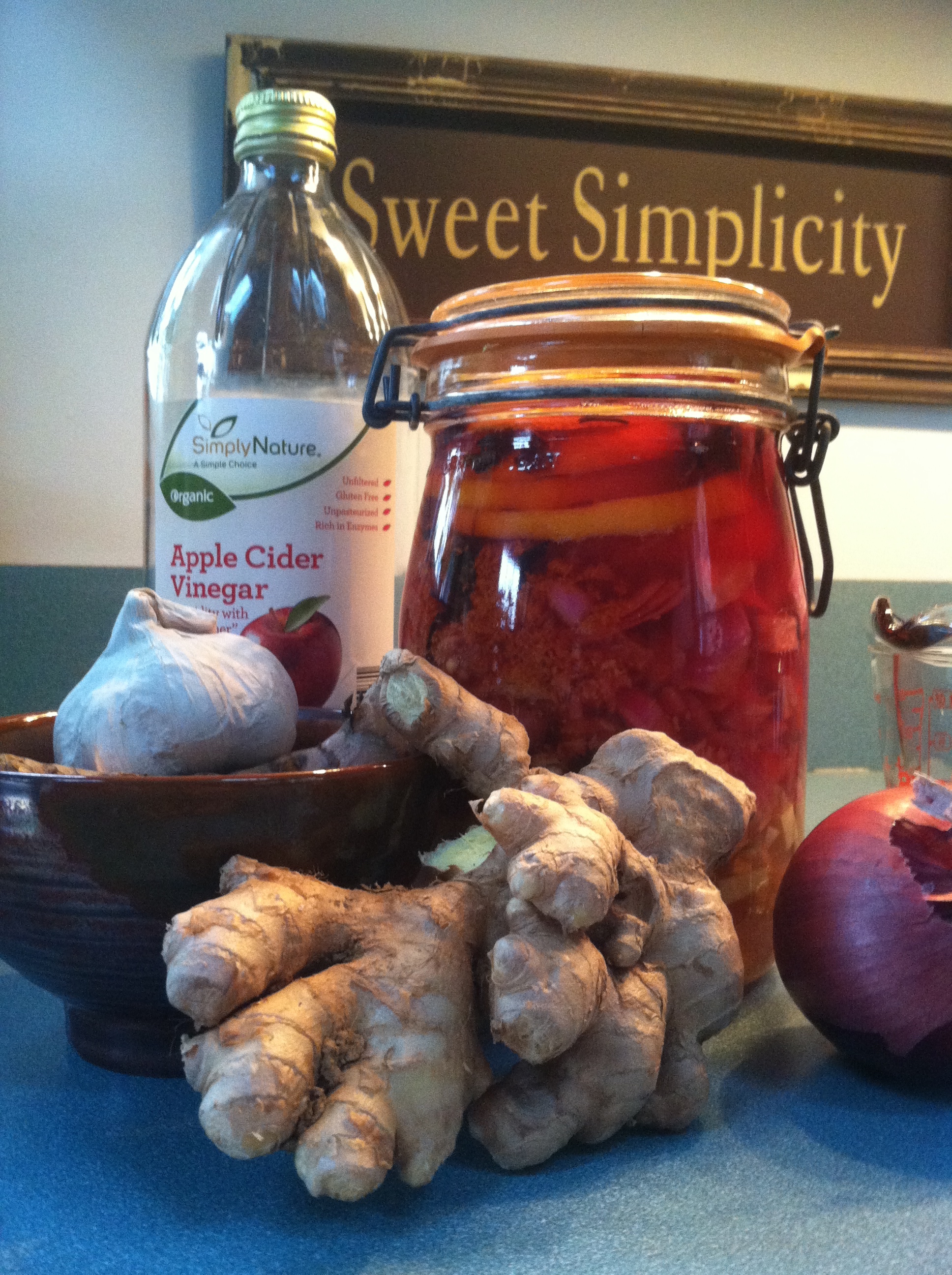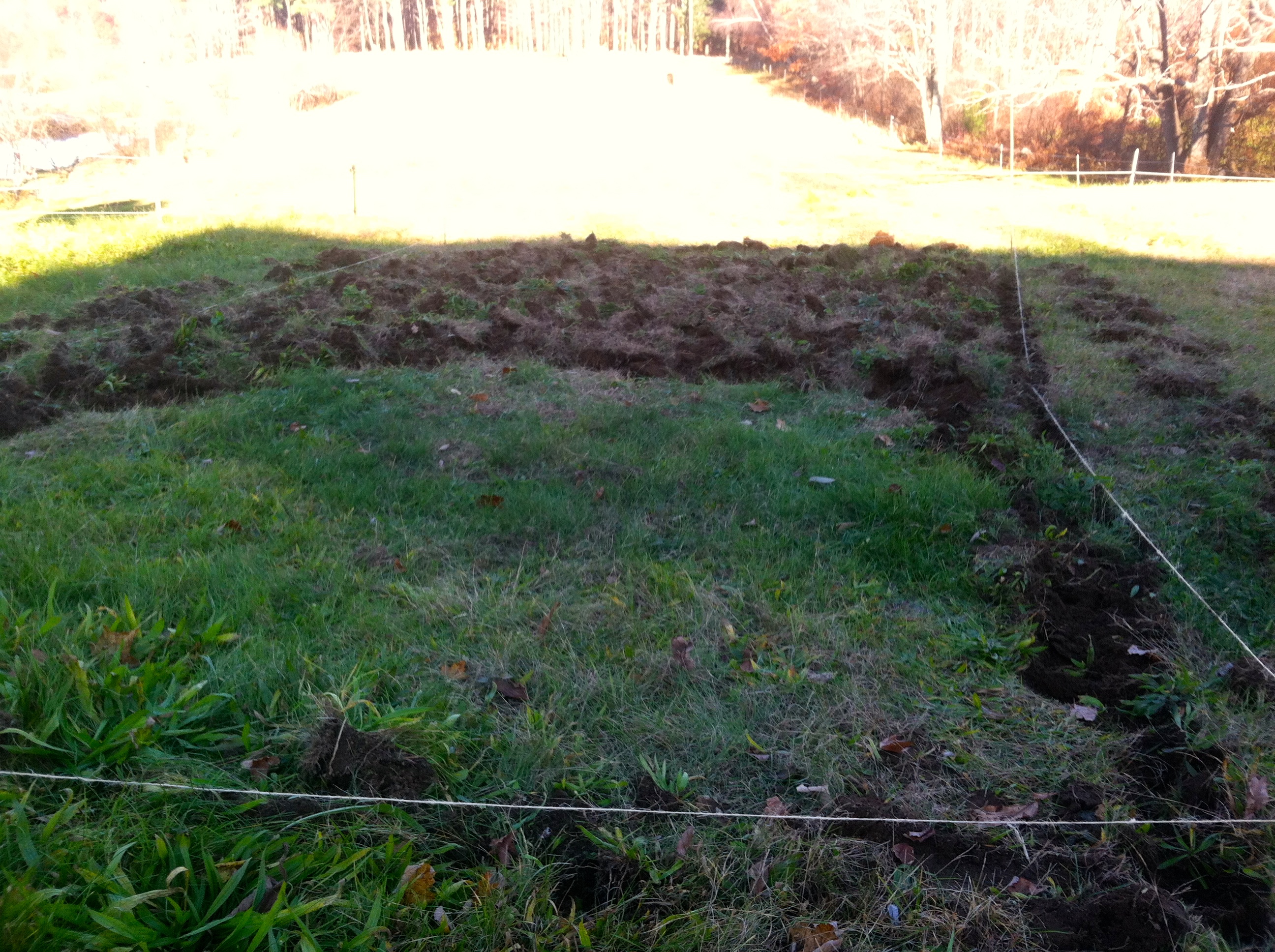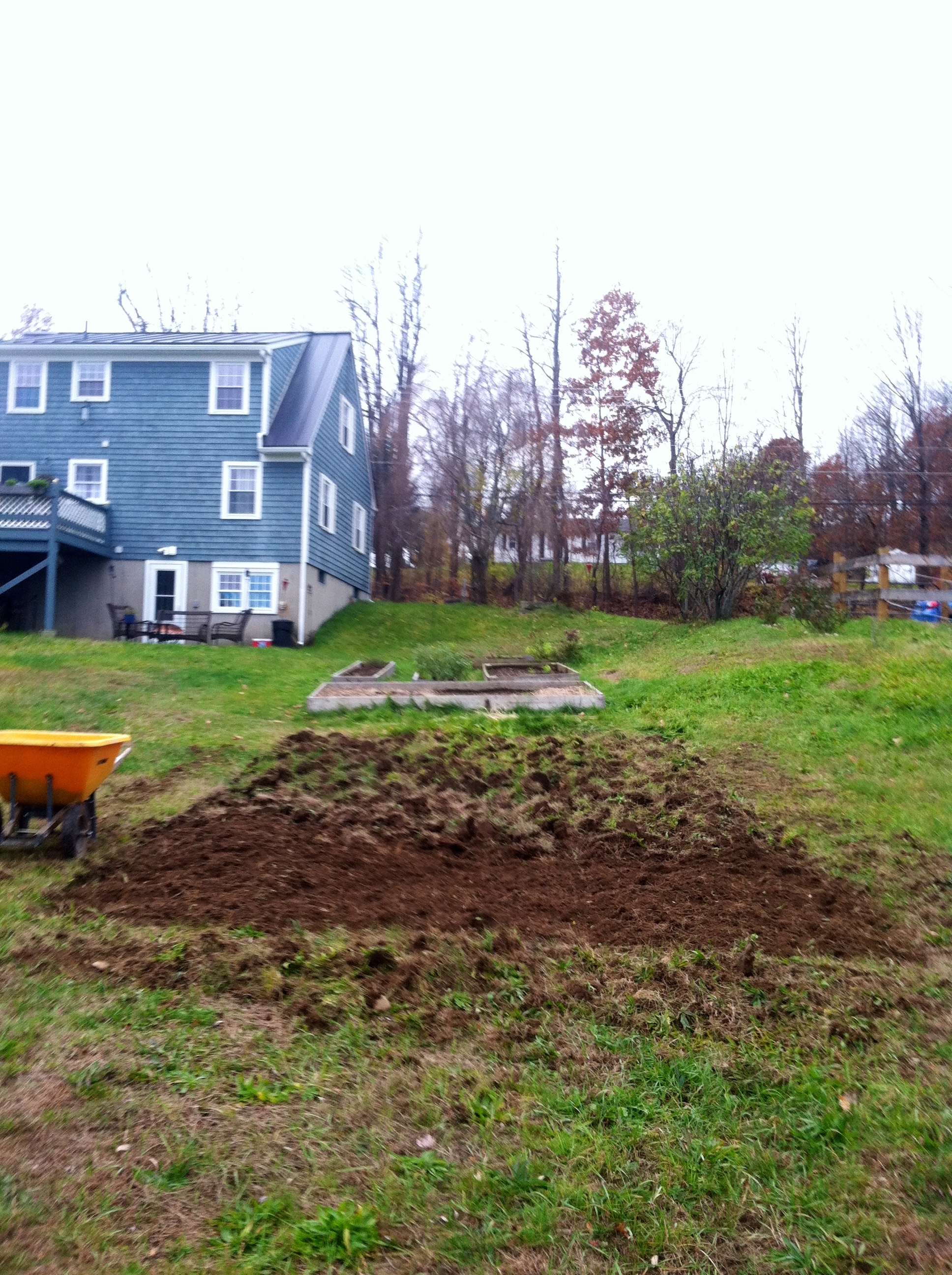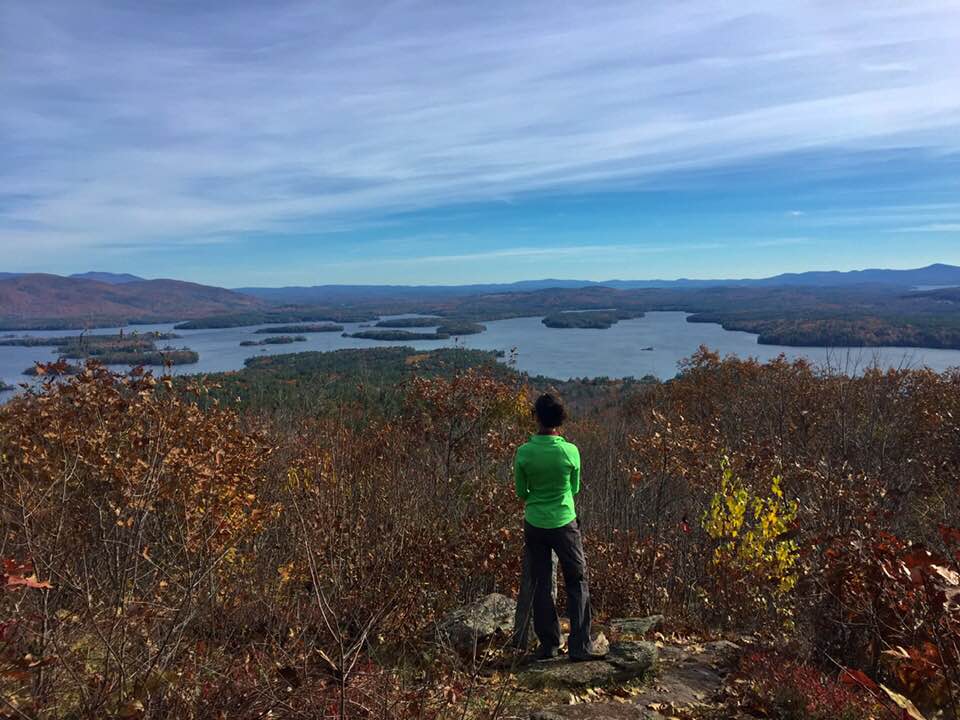So for those of you that read the prequel to this post, you’ll remember that I have already professed that this publication is neither medically affirmed nor written by a medical professional. The account here is simply my story.
My weeping, whining, bloodshot eyes were getting me down and once I received a professional diagnosis, I was hopeful that my symptoms of chronic dry eye could soon be alleviated. I began my new routine by drinking more water (none of us are ever drinking enough, really) and added drops from the eye care aisle at Walgreens to my morning, noon, and evening grooming regime. I was careful not to overdo it on the eye drops even though I would have loved to just keep squeezing the cooling lubricant into my eyes throughout the day. My optometrist warned me against this, noting that overusing eye drops containing preservatives can actually increase dry eye symptoms…annoying. I boosted the amount of moisture my humidifier was producing and was adamant about conscientiously blinking; being sure to completely close my eyes with every downward drop of my upper lid. I’m sure I looked like a muppet, but heck, if flutter blinking was an agitator, then it too, was being addressed.
After a month of upped hydration, routinely applied eye drops and calculated blinking, I returned to the optometrist for an update. I felt better, my eyes looked better, and… I failed the dry eye exam a second time. The doc did say my corneas were clearer, meaning they were healing, but I still wasn’t out of the woods. With winter coming and humidity levels continuing to drop, she prescribed an OTC medication. I haven’t been on a prescribed drug in YEARS and was very hesitant to try this route but after discussing my other options, I agreed to a month-long trial.
In truth, Xiidra, the prescription I tried, did make my eyes feel better. My biggest issue with the medicine was the wasteful packaging. Every morning and each evening I would snap open a single-use plastic tube and press the liquid contents into my eyes. Then I would toss the unrecyclable container into the rubbish bin. Not ideal…but my eyes were feeling refreshed rather than raw after just eight days of use.
Waking up was no longer torturous and the redness around my lids really did begin to recede. My vision was still photosensitive, but I was no longer sacrificing one to the sunlight while commuting. My earth conscience was nagging me, but I knew I could do a lot more to help the planet if I wasn’t constantly distracted by my agitated eyes. I got used to the unpleasant side effect of tasting the eye drops (our tear ducts drain into our esophagus, kids so what’s in your eyes eventually ends up in your stomach after passing over some far back taste buds) and had a mason jar filled with the used dropper tubes in hopes of finding a way to repurpose them as my trial came to an end. With this resolution in mind, I went to the pharmacy to fill out my next month’s prescription.
That is when it became immediately apparent that this prescribed route was not going to work for me. The insurance company that I was covered by at the time decided that Xiidra was a last resort option. Before they would help cover this $500/month prescription, I had to first try an alternate route and surgically implemented tear duct plugs was one of the mandatory, pre-approval options. My insurance was willing to financially assist in an invasive medical procedure, but couldn’t help with my OTC drops. I called my optometrist office immediately and was relieved to hear that there were ways of disputing the insurance company’s decision.
One of the office managers helped me fill out an insurance appeal form and my optometrist very generously offered free samples of both Xiidra and its alternative brand, Restasis, to the best of her abilities as we waited for a reply from the insurance provider. When the response letter finally arrived I was devastated to learn that my appeal had been rejected; the only way my provider would help cover Xiidra was if I tried (and failed) the “punctal plugs” first. I did some quick research on these tear duct blocks and read numerous articles about their benefits alongside myriad criticisms of their inability to provide relief. The idea of plugging any orifice in or around my eyes sounded terrible, and I decided right then and there (as I ripped up the letter) that if I wanted my eyes to improve, I was going to have to do it on my own. Western medicine, be damned.
I’m all for standing up against big pharma and conglomerate health companies. Health insurance in the USA is a complete and utter disaster and people are getting screwed royally on a daily basis. I could have re-appealed their rejection and very possibly persuaded the decision in my favor had I chosen to fight. I decided to drop the case instead because the idea of being on Xiidra for the foreseeable future really wasn’t an ideal solution for my lifestyle. I didn’t like the dependent relationship I was developing with these artificial tears and I really despised the wasteful packaging. I was also aware that I would be in limbo without the filled prescription while the dispute proceeded (and my symptoms would undoubtedly return) so I called my optometrist, cancelled my upcoming appointment, and hit the World Wide Web.
Between Pinterest, WebMD, medical journals, and health articles discussing chronic dry eye, I developed a regime that worked for me. Just today I was in Portsmouth’s Book & Bar around noon, with the sunlight streaming through the windows, scanning the shelves, and I wasn’t cringing. I think back to how my eyes would have reacted to that same scenario a year ago and I can’t help but smile. I feel like I’ve been given my eyes back. My vision, while far from perfect, is the lifeline to my heart. Literature is pretty close to being my everything and I feel so blessed to have found a way to manage my chronic dry eye without going bankrupt or going against my morals. Here is what worked for me:
Back when my eyes were horrendous, I began putting drops of castor oil in them at night before bed. Castor oil is derived from the castor bean plant, a really beautiful tropical shrub whose seeds or ‘beans’ look alarmingly similar to ticks. The husk, or shell, of these seeds is lethally toxic if ingested, but the oil we use does not contain the husk, and as such, is safe to use both externally and internally (in moderated doses!). It is mentioned on numerous holistic websites as a remedy for dry eyes, dry skin, dandruff and even hair regrowth.
Castor oil is thick and sticky, more like syrup than oil in regards to its consistency, but the immediate relief it brought to my eyes the first time I tried it was almost sinful. Ladies, recall that blissful feeling of stepping out of heels after a solid hour plus of standing/prancing/saving the world in them. Evoke that feeling for a moment: you know the one I’m talking about. The one that happens when you take your first flat-footed step post-elevated agony and your body lets out an involuntary sigh…that happens to your eyes when castor oil is applied.
Castor oil really needs to be used during the evening because its tacky consistency makes seeing through it a bit, er, difficult. Also, that viscosity makes it near impossible for your tear ducts to drain (excellent!) but it also means that eventually the oil works its way out of your eyes. Be aware that it will end up on your sheets, pillowcases and anything else you’re putting near your face while you sleep. For those of you, who like me, still snuggle with a stuffie on occasion (read: nightly) note that you’ll need to wash these items more regularly than once every decade. #justkiddingnotreally #eeyore
To my knowledge, castor oil doesn’t stain like many other oil-based solutions, but my preferred bedding fabrics are fleece, cotton and flannel and they hold up to pretty much anything I smear/slather/drop on them (face cream, lip balm, conditioner, wine, etc.). I cannot personally speak for silk, but I imagine castor oil might not bode well with that delicate material.

In addition to my new nighttime castor oil routine, I also purchased a box of single-use, preservative-free, Mega-3 eye drops by Refresh Optive (this particular product is specially designed for dry eye syndrome). These I administered the same way as the Xiidra brand prescription drops: one tube in the AM and one tube in the PM. I also began to pretty aggressively scrub my eyelids with my sensitive skin face wash, Cetaphil in an attempt to unclog any glands that might be backed up and thus, not excreting the appropriate amount of oils/mucus/tears. I know we wash our eyelids when we wash our faces, but I really sudsed it up in those eye cavities and figured out how to get into the tiny space between my eyelashes without irritating my actual eye. It took some practice, but I’ve got it down now and rarely ever feel the sting associated with the soap in the eye scenario. In addition to this daily cleanse, I would also swipe Q-tip soaked in witch hazel along my inner eyelids, top and bottom, after each wash. At first I was losing eyelashes, but after a couple weeks, they had all grown back and are no longer dropping when I scrub against them.
I brought sterile, lubricant eye drops to work and placed a drop in each eye at lunch and once again when I came home around 4:00 in the afternoon. I began taking a daily fish oil supplement and was meticulous about not missing a dose. I ditched the red wine (studies have shown red wine’s high sulfite content can irritate sensitive eyes) and chugged water alongside my coffee throughout the day. I also added additional fats to my diet: cream in my coffee, butter instead of olive oil in my cooking (butter is higher in both Vitamin A and D) avocado on my toast, and even bone broth with the fat included rather than skimmed off. I had several blood panels run the summer before this debacle so I knew what my baselines were in regards to cholesterol. I was okay to increase both my monounsaturated and saturated fat levels but would recommend to anyone considering changing their diet, to firstly run it by their primary care physician.
I operated under this precise routine for a total of ten weeks beginning in early December. By mid-February I was no longer using the Refresh single-use eye drops; I didn’t feel like I needed them and they were the priciest of my products. I replaced them with standard eye drops and limited myself to a total of no more than 4 drops, per day, per eye. By March I was no longer religiously applying castor oil (I’d become a bit sick of the sticky mess) and continued to wake without irritation. I no longer squinted under the fluorescents at work although my eyes were still terribly sensitive to sunlight.
With April came an increase in humidity as the rainy season began here in NH and I put my humidifier away with my snowshoes and thermals. May was a super busy month for me and as my stress levels increased, so too, did my dry eye symptoms. I started using the remaining packet of my Refresh drops, added the castor oil back into my evening bedtime routine, and things continued to improve once more.
When July brought the high heat, I shelved the castor oil for the summer. I was still taking my fish oil supplement and washing my eyes thoroughly at least once a day but I was no longer squinting through my fingers upon waking in the morning, nor was I blind to the backscreen of my phone if it illuminated in the night. I was hiking again, exposed to dry winds and hours of sunlight, and never once this past season did I feel the need to pause and administer drops although I did carry a bottle in my pack. I wasn’t particular with my brands anymore; seeking those I had coupons for over those I did not. While I tended to lean towards the products that contained the words ‘gel’ or ‘lipid’ I was only using them twice a day now so I wasn’t as reliant and thus, wasn’t as picky as before.
By September, a full year after my diagnosis, my photosensitivity had completely reverted to what I consider to be normal. I assumed that my symptoms would increase again as we entered the drier season and the furnaces kicked on once more. Because of this, I was able to be proactive. I purchased a new fish oil capsule that offered a higher content of omega-3’s and brought the castor oil out of the medicine cabinet and placed it next to my bed so it was readily available. I started carrying eye drops with me once more and applied them mid-day as well as morning and night. I held my breath through September and November when I was at my worst in terms of symptoms last year…when December came to an end just days ago, I rejoiced. My photosensitivity has yet to return, my eyelids haven’t stuck to my cornea since Fall 2017 and my eyes not only look healthy, they feel healthy as well.
I would be lying if I said that I cured my chronic dry eye. There are still days when I wake up and my eyes are noticeably less lubricated than they should be. There are mornings when one eye feels irritated as if I scratched it in my sleep. There are some days when my eyes are bloodshot and agitated for no explainable reason other than the fact that I have had dry eye syndrome and will always be a candidate for symptoms of dry eye, especially if I don’t diligently tend to my ocular health. I still blink like a weirdo but I can look directly at the moon again with admiration rather than discomfort. I still wear my sunglasses closer to dusk than most people I know, but I’ve always had mildly sensitive hazels and I no longer feel the need to wear them indoors. I’m acutely aware of the day-to-day condition of my eyes and their reaction to specific environments; because of this, I’m confident that I can continue to manage my chronic dry eye without pharmaceuticals. The less I worry about them, the less agitated they are and the less agitated they are, the less I worry about them.
Chronic dry eye was a challenge that I was forced to face head on and I am so glad I took my health into my own hands. If you suffer from any of the above symptoms, I hope this post can be of help to you, but I must stress the importance of receiving a professional diagnosis first and foremost. There is a ton of information available to us and more research going into chronic dry eye as it becomes a common condition in the USA. Do your research, be your own advocate, and know that you are not alone! The more we collaborate, the greater the chance of success. Here’s to good health, open minds and sparkly eyes!

